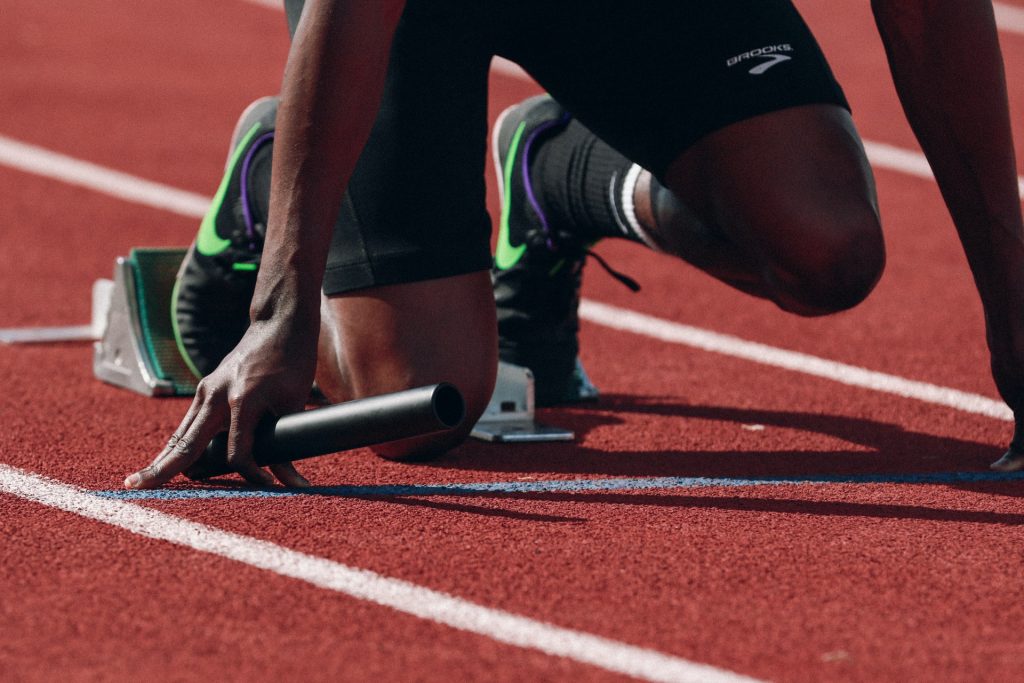Plyometric training may be the missing ingredient that athletes need to take their performance to the next level.
Athleticism is something that most people in sport try to develop to improve in-sport performances. Much focus in both individual and team sports is spent trying to improve explosive movements. Typically, the two main ways of improving dynamic capabilities is to use heavy resistance training and plyometric training. For the purpose of this piece, we will focus on Plyometrics.
Plyometric training is a form of training that uses explosive (ballistic) exercises with the goal of developing strength and power that can be transferred to sports. The extent to which plyometric training can effectively improve one’s performance is widely researched and seems to be conclusive – IT WORKS!3
Plyometrics are heavily used in all kinds of sports. The usual objective of including plyometrics into an athlete’s training program is usually to improve strength and explosiveness. To better demonstrate how the mechanism of plyometric works, here is an anatomical perspective of what happens.4
“Plyometrics consists of a rapid stretching of a muscle (eccentric action) immediately followed by a concentric or shortening action of the same muscle and connective tissue”
Baechle and Earle, 2000
Plyometrics and Sport Performance
When incorporating plyometrics in a periodized and well constructed program, a person can see improvements in many different aspects of their athletic baggage. Some of these are their vertical jump, accelerations, leg strength, muscle power, and proprioception. All of these factors contribute to one’s athleticism.4
Agility is also a key part in one’s athletic performance in most sports. Plyometrics can greatly contribute to the gains in agility. The explosive nature of plyometric training increases the ability of a person to use their body in a balanced way, in different positions. Thereby creating increases in a person’s agility.4
In sports that are highly dependent on agility and explosiveness, like tennis, football, and basketball, plyometrics are essential. The benefits of plyometrics on sport performance cannot be understated.4
Where to start?
Plyometric movements are generally more difficult to perform compared to movements that are guided by a machine or traditional and unidirectional weighted movements. This is why many professionals agree that functional strength is a prerequisite for plyometrics.2
In theory, people are encouraged to start with basic weight training and development of basic jump training. The goal is to create a strong base to perform the movements better and to decrease the chances of getting injured.2
Some of the most common plyometric exercises are:
- Squat Jumps
- Countermovement Jumps
- Drop Jumps
- Clap Push-Ups
- Bounding
No one needs to start by using all these exercises. There are many other plyometric exercises and variations that exist. It is great to try different ones and evaluate weaknesses that need to be worked on. On the other hand, it is great to focus on the ones you enjoy most. There is no wrong choice. By simply starting to incorporate plyometrics in your program, you should see some strength and performance gains within a few weeks!
Strength for Everyone
One of the main objectives for recreational or elite athletes is improving strength. The great thing about plyometric training is that anyone can improve their strength with it, regardless of fitness level. That means that whether you are a recreational or elite athlete, you can benefit from plyometric training. In addition, the gains are not gender specific. Plyometric training gains are found to be of proportions similar in both men and women.5
Final Considerations
Plyometric training can be demanding for some people. It is a form of exercise that is somewhat aggressive in that it works on one’s ability to be explosive and “quick” in their movements. If you are willing to exercise at a relatively higher intensity, plyometric training improves maximal strength and general strength performance.5
In conclusion, the extent to which plyometrics can improve performance depends on sport specificity, training-program design, and training load but overall, plyometrics are great for improving sport performance and general athleticism.5





